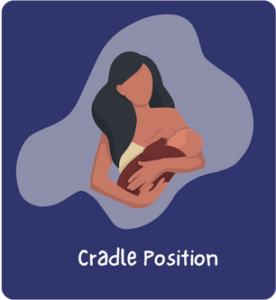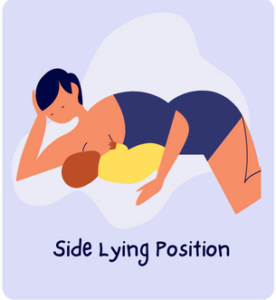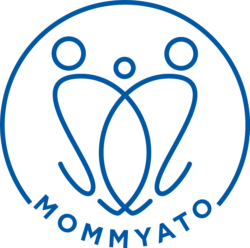
12 Aug Top 5 Breastfeeding Positions
Trying different breastfeeding positions can help resolve nipple pain, difficulties with latch, and promote more complete emptying of milk from the breast.
Last week was World Breastfeeding Week (August 1-7) with the World Alliance for Breastfeeding Action and a great time to review the top five breastfeeding positions for new and seasoned mothers. Each position has its strengths. So, whether you have large or small breasts or nipples, term or preterm baby, c section or vaginal birth, there is a position that is comfortable for you and your baby!
Before you try any of these positions, keep these tips in mind:
- Hydrate when your baby feeds. Replenish your own fluids by reaching for your water bottle every time your baby breastfeeds.
- Relax your shoulders and back. Use cushions, pillows and rolled towels to support your back, arms or even your breasts.
- Ensure your baby is stable and supported. This means the head, neck and spine are aligned and not twisted or bent in any breastfeeding positions.
- Check for correct latch: baby’s chin is to breast, lower lip is turned out, mouth is open and wide, taking in a large amount of the areola (not just the nipple); baby is breathing through his nose and taking short sucks at first, followed by slower and deeper sucks. A correct latch doesn’t hurt!
- Bring your baby to your breast, not your breast to the baby.
Top 5 Breastfeeding Positions:
The Cradle Hold

This is a great position for bonding and promotes eye contact with your baby. It’s not always great for newborns as it’s not as supportive as other positions. Try it by sitting upright, cradling your baby along your forearm with her head, neck and spine aligned. Here body will be against your stomach; belly to belly. Be sure to support your back and arms with pillows to avoid muscle strain.
The Cross-Cradle

This position is great for newborns as it allows the baby to tilt his head back to latch properly. It also allows you to keep a hand free to shape your breast to the baby’s mouth as your other hand brings the baby to your breast to latch. In the cross-cradle hold, your arm supports the baby’s body, shoulders and neck as you bring the baby to breast.
The Football Hold

This position can provide welcome relief for sore nipples and engorged breasts. It’s also great for Moms with large breasts, c sections, twins, and premature babies. The baby is well-supported in the football hold and you still have a good view of her face. Sit naturally and position the baby alongside your forearm, with her feet towards the back of the bed or chair. Her body will be aligned to your side body. If you have twins, you can tandem feed by positioning a baby on each side!
The Side-Lying

This position is perfect for night feeding or when you are lounging and relaxing. It’s also great for Moms who’ve had c sections as the baby won’t be resting across your tender incision. Babies with tongue ties often find this position easier for nursing as well. Find a comfortable place to lay down, side-lying. Position your baby the same way, belly to belly.
The Upright, Laidback or Straddle

This position is easier for older babies but you can nurse a younger baby this way if he’s well supported. It’s a good position for babies who struggle with reflux or ear infections, as well as tongue ties. You and your baby will both sit upright, but she’ll be straddling your thigh or hip, with her spine and head upright as well.
Final Tip: You know your baby is getting enough milk when he’s content, making wet and dirty diapers regularly, and steadily gaining weight. If this isn’t the case, reach out to your provider and ask for a referral for a certified lactation consultant. Early intervention with breastfeeding problems can help quickly identify where the difficulties are, setting you and your baby back on the path to a successful and fulfilling breastfeeding experience!
REFERENCES:
- American College of Obstetricians and Gynecologists (ACOG). 2023. Breastfeeding your baby: breastfeeding positions. https://www.acog.org/womens-health/infographics/breastfeeding-your-baby-breastfeeding-positions
- Centers for Disease Control (CDC). March 2023. Newborn breastfeeding basics. https://www.cdc.gov/nutrition/infantandtoddlernutrition/breastfeeding/newborn-breastfeeding-basics.html



